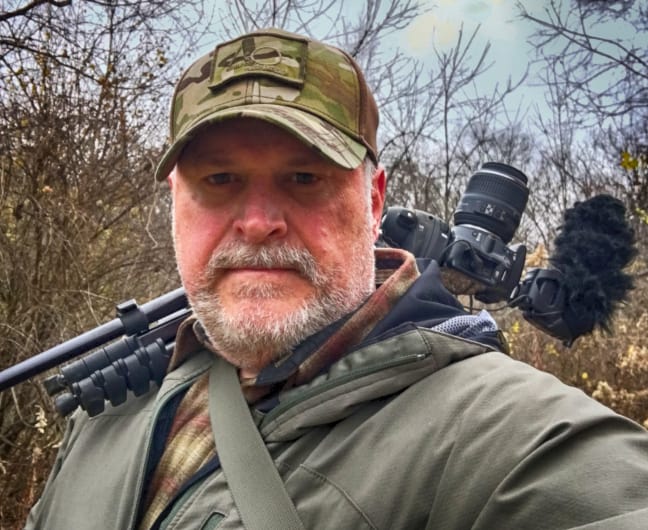Building a survival kit can mean something different to different people, and there is certainly no shortage of opinions on what should be included. But before you can even begin to build your own, you have to answer what this kit is for honestly. Intention is everything in building a kit. A bush pilot needs a very different kit than the casual day hiker. Also, let’s not confuse survival with topics like bugging out. The two are very different scenarios. The basic wilderness survival kit should be based on the possibility of being in the wild for one to three days before being rescued or self-rescue. This is the common denominator.
These five priorities are not in any specific order because all are important, but they are the key five areas of concern.
1. Water
2. Signaling
3. Shelter/Temperature Regulation
4. First Aid
5. Navigation
Water
Hydration is crucial because the body relies on water to function properly. Within 3-4 days without water, the body can perish. So, having a way to collect and drink water is paramount.
Water Collection Bag
Simple Filter
Metal Container (for boiling)
Signaling
Having a way to signal to rescuers is paramount. Without a way to signal you may never be seen.
Extra cell phone battery
Whistle
Signal Panel
Strobe Light
Shelter/Temperature Regulation
Shelter is more then just a way to keep you comfortable it’s a strategy to maintain your core body temperature. This becomes important so you do not slip into hypothermia (lose of body heat) or hyperthermia (overheating). Proper equipment to help you maintain your body temp can be lightweight and take up minimal space in a kit.
Space Blanket
Tarp or Large Contractor Trash Bags
Fire Making Kit (lighter, matches, ferro rod)
Bivy Bag
First Aid
Treating minor and not-so-minor injuries will prolong your survival time in the woods. Being able to stop bleeding, splint a break, or treat other injuries is something to be prepared for.
First Aid Kit
Tourniquet
SAM Splint
Quick Clot
Navigation
This component is slightly problematic. It requires some training and if not used properly, can get you into more trouble than you are already in. If you are experienced with navigation, then there is a good chance you will not be lost in the first place. Using navigation gear can be complex and requires practice.
Compass
Map of the Areas
Headlamp
One thing I did not mention is food. Food is a low priority for the human body, it can take up to 20 days without food before you perish. So, hunting or gathering food while being lost in the woods is a fantasy. You are much better off to focus on the above priorities.
Other items that can be added include cordage for aiding in setting up a shelter, a knife for building a fire, radio for communication and high-calorie snacks to help with hunger and provide a physiological boost.
Sample Basic Woodland Survival Kit
Waterproof Match Case with Storm Matches
Butane Lighter x2
Quick Tinders (fire starter)
Multitool
Headlamp
Spare Batteries for Headlamp
Compass
Map of Area
Contractor Size Garbage Bags x2
Mylar Blanket
50 ft 550 Paracord
Extra Cell Phone Battery
Whistle
Bandanna Blaze Orange
Trail Marking Ribbon
Ibuprofen
Anti-Diarrheal
Gauze Pads (4×4)
QuikClot Gauze
Medical Tape
Shears
Tourniquet
Blister Kit
Nitrile Gloves
Boo-boo Kit (bandages, ointment, etc.)
Whirl Bags (water collection)
Water Disinfecting Tabs
Water Bottle Stainless Steel

Wendell has been involved in outdoor activities as long as he can remember. From building forts in the woods with his buddies as a kid to hunting Pheasant with his Dad. When he grew up and moved away from home he started solo camping and backpacking and continued hunting upland game. Wendell currently runs the Youtube Channel – The Prepared Wanderer
